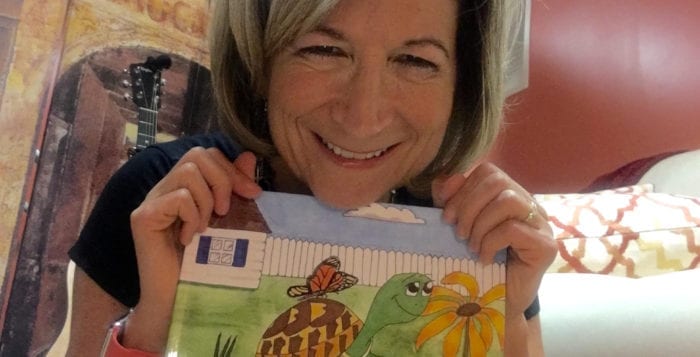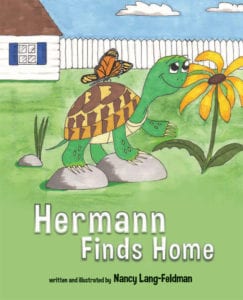Councilwoman Jane Bonner is getting by with a little help from a friend.
Bonner (C-Rocky Point) has aided the Town of Brookhaven to begin a long overdue jetty reconstruction project in Mount Sinai Harbor. She, along with Supervisor Ed Romaine (R) and others on the town board, helped secure $5.6 million in town funding to go toward rebuilding the east and west jetties at the mouth of the harbor. The project will increase boater safety making navigation easier and could allow dredging that will bring back the winter shell-fishing season.
The issue has been a top priority for Bonner since 2010, when her office commissioned a study along with the Army Corps of Engineers to assess the need for improvements to the jetties, she said during a press conference Sept. 19 at Mount Sinai Yacht Club.
At the time, rocks had collapsed, submerging the seaward ends of the jetties at high tide, and the elevation of the jetty stones above the water at high tide was less than four feet in some places. Bonner and Romaine saw a more pressing need to address the problem after Hurricane Irene, Superstorm Sandy and other storms caused further damage, though they weren’t able to secure enough funding to complete the project until this year.

Bonner reached out to state Sen. Ken LaValle (R-Port Jefferson) to see if his department could kick in some additional funds to help the town reach the $10 million budget needed to complete the project.
Initially, LaValle offered Bonner $1 million.
“I was not shy, I was not embarrassed to tell him it wasn’t good enough and that we needed more money,” she said. “He actually called me at home to let me know. His first words were, ‘How’s $3 million, is that enough?’ And I said, ‘It’ll have to do Senator,’ so thank you from the bottom of my heart.’”
LaValle helped secure an extra $2 million with the help of senate majority leader John Flanagan (R-East Northport).
“From day one I’ve always had as my mantra that local control was very, very important,” LaValle said. “It is nothing but a pleasure working with Supervisor Romaine and [Councilwoman Bonner], who is always looking out for her council district, and always says, ‘Senator, I could use your help.’ It’s working with the localities to identify the problems, and make it a priority. That’s how we started with $1 million and ended up with $3 million to get this done.”
Reconstructing the jetties, according to Bonner, is critical for thousands of residents who utilize Mount Sinai Harbor for recreational and commercial reasons.
“This peninsula is not just a yacht club — we have working boatyards, we have recreational fisherman, we have fishermen and women that derive their income from this harbor,” Bonner said standing on the porch of the club. “This is truly a hub — it’s a working harbor and we are very fortunate and very blessed to be surrounded by so many people that will benefit from this project being done.”
John Howell, commodore for the Mount Sinai Yacht Club, said he has witnessed how dangerous the waters have been first hand.
“This is truly a hub — it’s a working harbor and we are very fortunate and very blessed to be surrounded by so many people that will benefit from this project being done.”
—Jane Bonner
He said he’s boated through Hell Gate, a narrow tidal straight in the East River that has the reputation of being unsafe, and said even that doesn’t compare to his harbor.
“I’ve been through Hell Gate many times through many conditions, and I can attest that our little entrance here is worse than Hell Gate,” he said.
The undertaking will help improve boater safety, as there is a large sand bar that extends deep through the middle of the channel that boats get stuck on, but according to Romaine, as part of replacing the jetties, Suffolk County has agreed to also do interface dredging at the mouth of the harbor once the jetty has been rebuilt and stabilized. As a result, winter shell fishing could resume. The harbor was closed for shell fishing for the first time last winter.
The Town of Brookhaven is hoping for added assistance from the neighboring Village of Port Jefferson, which will directly benefit from the project.
According to Romaine, the east jetty is collapsing and creating an erosion problem at Port Jefferson Village Beach. Brookhaven Town is the only municipality in charge of a jetty. The Army Corps of Engineers maintains all other jetties on Long Island but the Mount Sinai Harbor’s. While the town has always budgeted the $5.6 million, it could never get the rest of the funding needed, so now with LaValle’s contribution, Bonner said she hopes Port Jefferson Village will “step up to the plate with the difference” because the area would “benefit greatly from these two jetties.”
Port Jefferson Village Mayor Margot Garant did not respond to requests for comment.
Ralph Davenport, from Ralph’s Fishing Station & Marina in Mount Sinai, said he is excited to hear the harbor will be a safer place for recreational and commercial boaters.
“If you were a person who didn’t know this harbor and were looking for a safe place to come in, odds are that you would crash on the way in,” he said. “Big boats used to be able to come in and out of this harbor years ago, with no problem at all, and now it’s a hazard. It used to be the easiest harbor on the North Shore to navigate in, and now it’s one of the worst. So hopefully next year’s time we’ll dig the sandbar out of the way enough where the people can navigate safely again.”








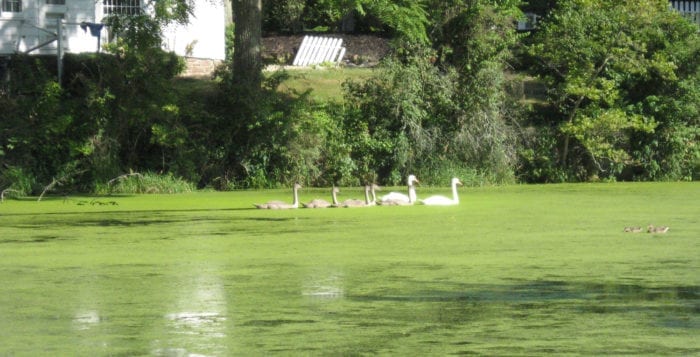



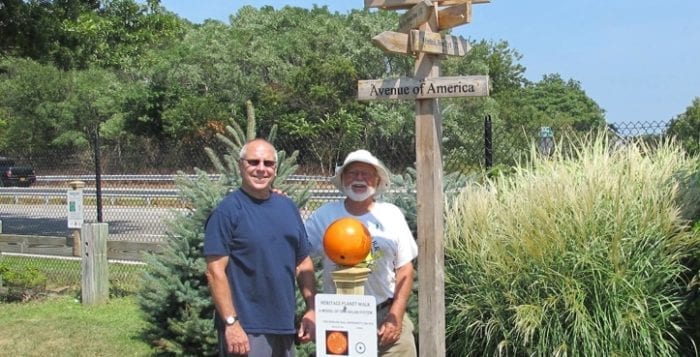
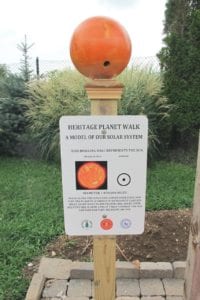 Tom and Nick Nagle of Letter Perfect Graphics formatted and printed the signs on metal sign plates, funds for the posts and screws were donated and Yvonne Francis of Port Jeff Bowl donated the bowling ball sun. Visit the Wedge and tour the Solar System by starting at the south end of the park. Look for the planet signs along the fence line and find out where Neptune and the dwarf planet Pluto would be in this model of the solar system.
Tom and Nick Nagle of Letter Perfect Graphics formatted and printed the signs on metal sign plates, funds for the posts and screws were donated and Yvonne Francis of Port Jeff Bowl donated the bowling ball sun. Visit the Wedge and tour the Solar System by starting at the south end of the park. Look for the planet signs along the fence line and find out where Neptune and the dwarf planet Pluto would be in this model of the solar system.